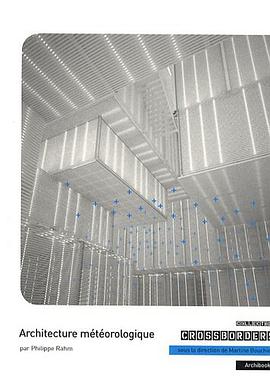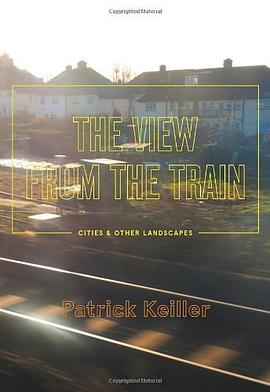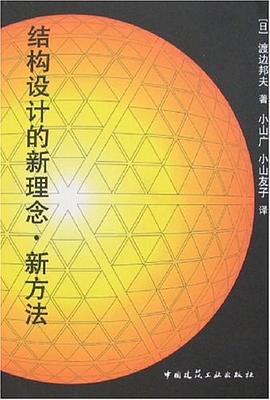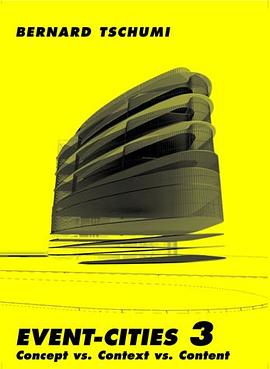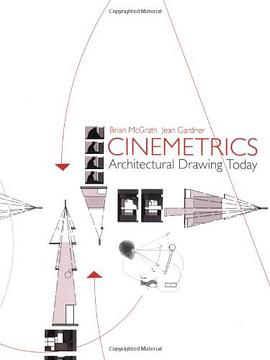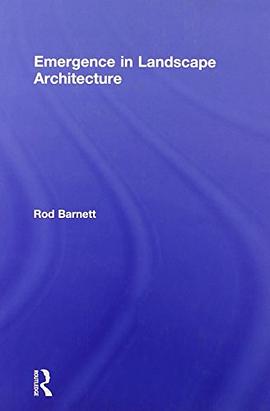
All landscapes are complex systems which are continually changing as a result of relatively simple interactions. This condition of adaption and evolution is called emergence. Related to chaos theory and self-organising systems, emergence highlights the ever changing and developing urban and natural world - and the need to work flexibly within this. Just as an aborist must understand the development and functions of a tree in order to fully understand his actions in relation to it, so must a landscape architect understand the ecological functions of a specific terrain in order to appreciate how the landscape will respond to the conditions he establishes. This bottom-up approach is essential when dealing with the natural environment - and, as Barnett argues, the urban environment. Covering critically the theory behind emergence in landscape architecture, the author also uses practical examples from international landscapes as a key tool in his mission to explain the basis of emergence and how it is essential to our understanding of both urban and natural systems. Ideal for students and educators in landscape architecture, landscape urbanism and architectural theory, this book provides a full discourse on the theory and practice behind emergence in landscape and features full colour images.
具体描述
读后感
评分
评分
评分
评分
用户评价
This book gives a simple conclusion of nonlinear science in biology and landscape research, which leads to renewing some concepts of landscape architecture. When talk about concepts, we take the nonlinear concepts in the European aesthetic history into consideration. Then some landscape works which uncertainty concept and technology used are listed
评分This book gives a simple conclusion of nonlinear science in biology and landscape research, which leads to renewing some concepts of landscape architecture. When talk about concepts, we take the nonlinear concepts in the European aesthetic history into consideration. Then some landscape works which uncertainty concept and technology used are listed
评分This book gives a simple conclusion of nonlinear science in biology and landscape research, which leads to renewing some concepts of landscape architecture. When talk about concepts, we take the nonlinear concepts in the European aesthetic history into consideration. Then some landscape works which uncertainty concept and technology used are listed
评分This book gives a simple conclusion of nonlinear science in biology and landscape research, which leads to renewing some concepts of landscape architecture. When talk about concepts, we take the nonlinear concepts in the European aesthetic history into consideration. Then some landscape works which uncertainty concept and technology used are listed
评分This book gives a simple conclusion of nonlinear science in biology and landscape research, which leads to renewing some concepts of landscape architecture. When talk about concepts, we take the nonlinear concepts in the European aesthetic history into consideration. Then some landscape works which uncertainty concept and technology used are listed
相关图书
本站所有内容均为互联网搜索引擎提供的公开搜索信息,本站不存储任何数据与内容,任何内容与数据均与本站无关,如有需要请联系相关搜索引擎包括但不限于百度,google,bing,sogou 等
© 2025 qciss.net All Rights Reserved. 小哈图书下载中心 版权所有



